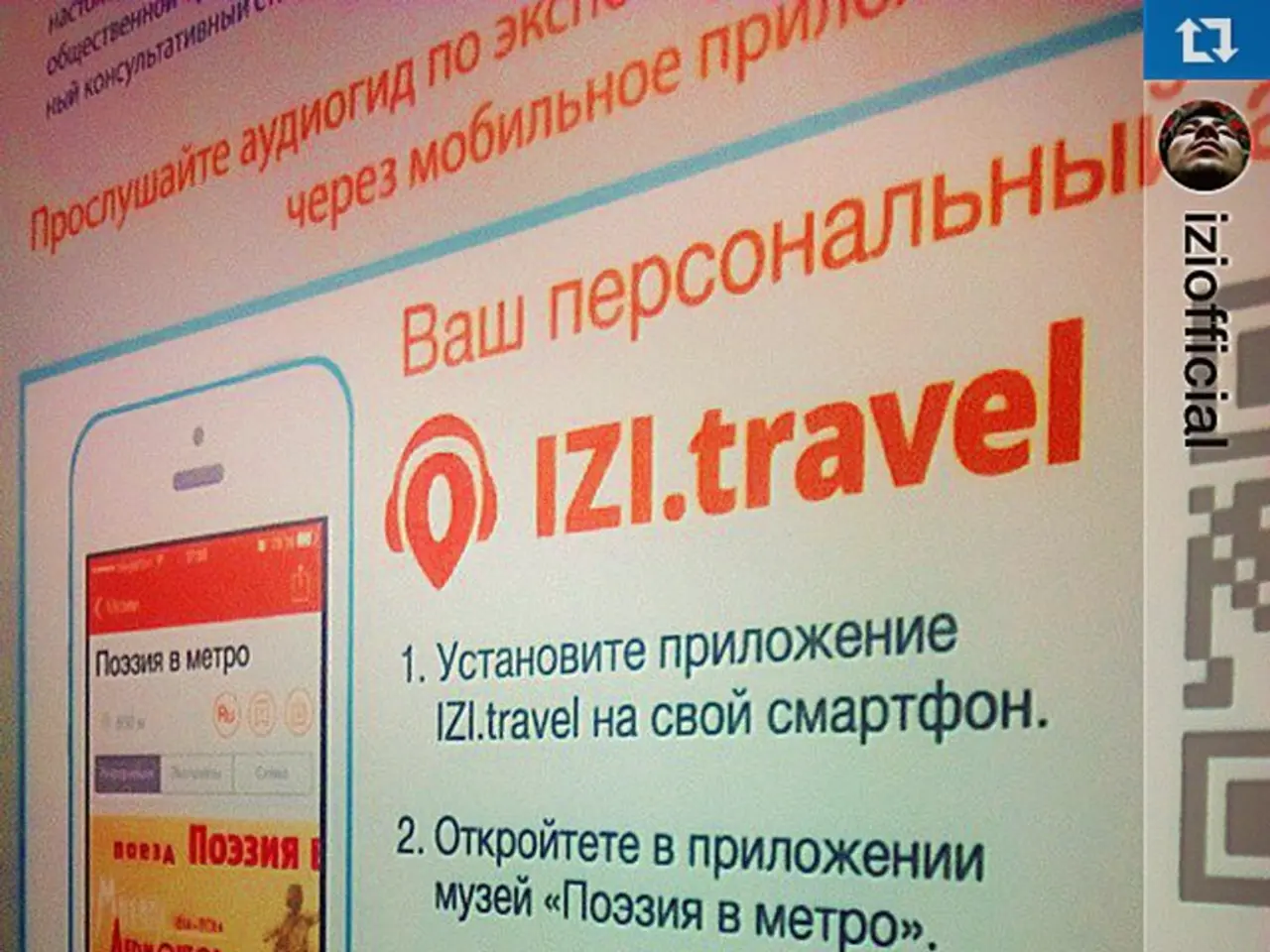Instructions for Using TikTok's Advertising Dashboard
In the ever-evolving world of digital marketing, TikTok has emerged as a powerful platform for businesses seeking to expand their reach and drive sales. This article offers an in-depth look at how TikTok Ads Manager can help brands achieve their objectives, from conversions to lead generation.
For e-commerce brands, the "Sales" objective is a workhorse, unlocking optimization towards conversions, whether that's purchases in TikTok Shop or checkouts on your site. But before diving into sales, it's crucial to install TikTok Pixel early, map events to business goals (purchase, add-to-cart, lead form), and confirm data is firing.
Quick-serve restaurants with franchise footprints find location and household income filters indispensable, while service-driven or B2B models prioritise "Lead Generation" for its instant forms, which remove friction and drive higher volumes. When synced to your CRM, sales teams can act immediately.
TikTok Ads Manager is more than just another dashboard; it's the connective tissue between organic content, paid amplification, and commerce transactions. Every campaign begins with an objective, forcing a brand to declare its intent before spending.
To set up a TikTok Ads Manager account, follow these steps: create a business account, stand up Business Center and permissions, connect billing and currency, link the right properties, install the Pixel and map events, open a new campaign the right way, choose the objective that matches revenue, set placements and comment policy, configure targeting with restraint, set budgets and schedule responsibly, build creatives that preserve social proof, QA tracking, links, and publish.
TikTok's algorithm thrives on immersive, content-native creative rather than traditional ad sequences. Creative choices like conversational hooks, direct audience callouts, and product-in-use demos are frequently cited in advanced TikTok ad tactics. For service-driven campaigns, instant forms are a powerful lever, with integrations through Zapier or direct CRM connectors, submissions can trigger an immediate response.
Brands that master the fundamentals of setup and optimization end up with cleaner data, lower acquisition costs, and stronger customer journeys. Ongoing refinement is critical, especially as audience fatigue sets in quickly. Marketers who treat setup as strategic groundwork end up with faster learning cycles, cleaner attribution, and campaigns that drive revenue instead of vanity metrics.
Audience architecture and creative testing should run in parallel, not as separate workstreams. Tactical levers like creative rotation, bid type adjustments, and A/B testing are well-documented in TikTok's own ecosystem.
Despite increasing competition and higher CPMs, TikTok remains a growth driver for many verticals. Performance hinges less on polish and more on relevance. Launch campaigns with wide parameters, then let the pixel learn who converts. Once data density builds, you can layer in lookalikes or shop-based audiences.
Spark Ads let you take an organic post-complete with likes, comments, and shares-and push it into paid distribution without stripping away the proof that real people engaged. TikTok is increasingly used for reach and cultural resonance beyond direct sales.
For Kalin Anastasov and many other marketers, TikTok Ads Manager is an important strategy because it enables targeted advertising, reaching a large and engaged audience, which helps generate sustainable revenue growth. The combination of predictive targeting and shoppable formats continues to deliver strong ROI, provided campaigns are built with platform-native principles in mind.
In conclusion, TikTok Ads Manager offers a wealth of opportunities for brands seeking to grow their business. By understanding the platform, setting up campaigns strategically, and continually refining creative and targeting, brands can unlock the full potential of TikTok's unique audience and drive meaningful results.




